 Ronald Aug . March 20
Ronald Aug . March 20
Understanding And Adhering To Copyright Laws
Fair Use Guidelines
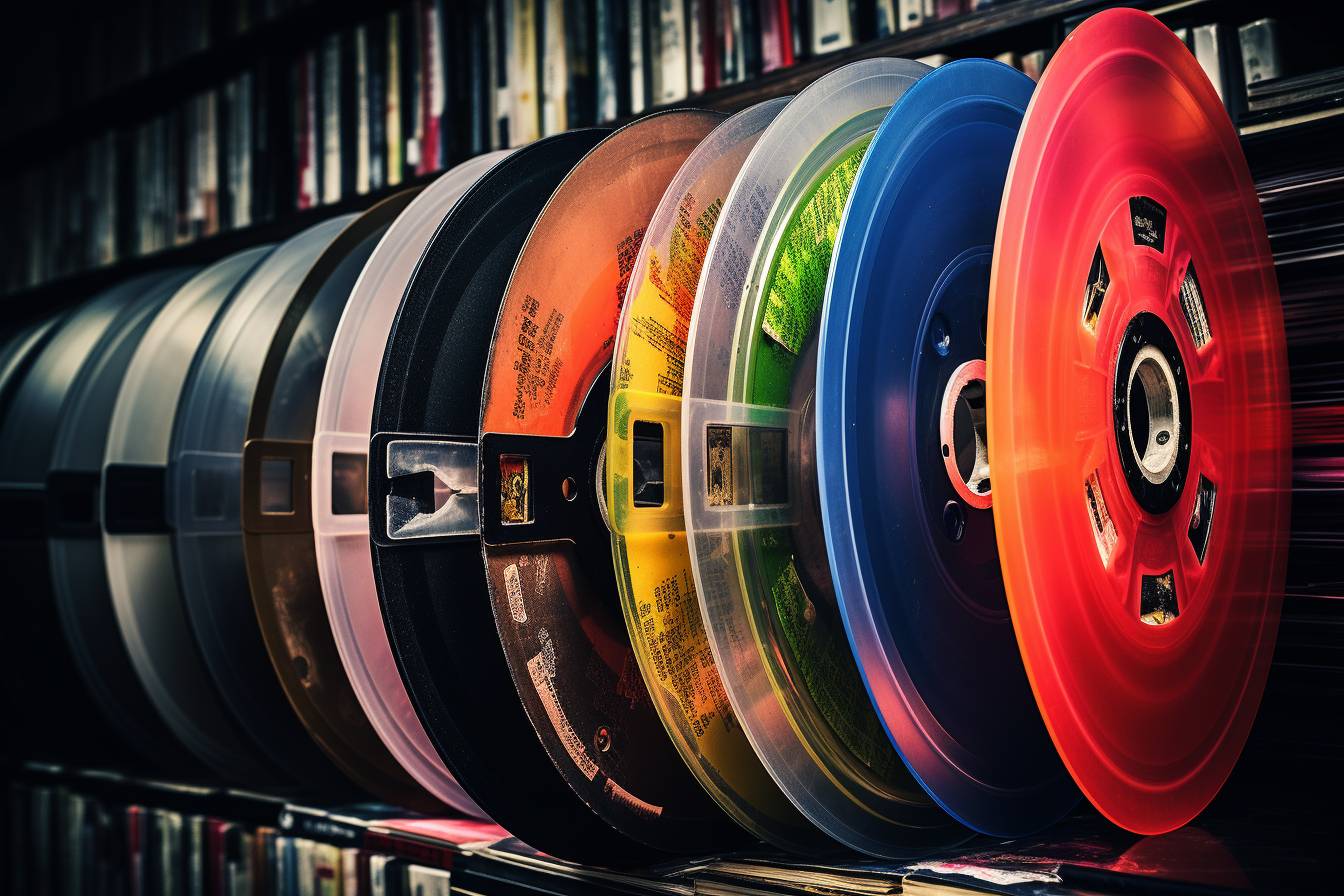

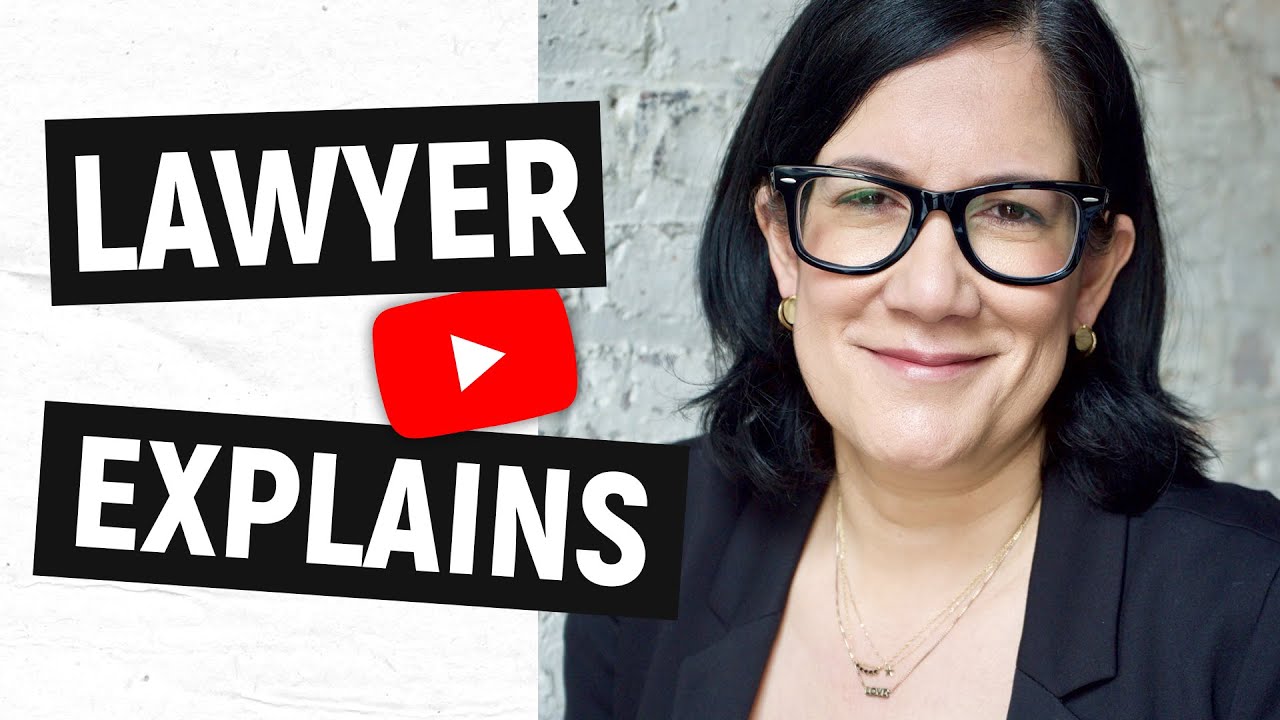 Grow Your Gaming Channel
Grow Your Gaming Channel
Applying fair use in creating YouTube content
-
Introduction to fair use
- Definition of fair use
- Principles of fair use
- Importance of fair use in content creation
-
Understanding YouTube's fair use policies
- YouTube's fair use guidelines
- How to avoid copyright strikes and claims
- Resolving copyright disputes
-
Stats, facts, and figures
-
Percentage of content affected by fair use
-
Most common fair use cases
-
Commentary and critique
-
Parodies and transformative content
-
Educational content and news reporting
-
-
Do's and don'ts of applying fair use
- Ensure transformative work
- Give credit and proper attribution
- Avoid using copyrighted content without permission
- Follow the four factors of fair use
- Be cautious with commercial use
-
Tools and resources for fair use compliance
-
Creative Commons - a license system for sharing copyrighted works
-
Online Courses and Educational Resources on understanding copyright and fair use
-
The importance of responsible content creation
-
Striking a balance between transformative content and protecting original works
-
The ongoing evolution of fair use and copyright policies
-
Fair Use Guidelines
Overview
Fair use is an essential aspect of copyright law that allows creators to use copyrighted material without obtaining permission in specific situations. This concept applies to various types of content, including music, movies, and television shows. Understanding fair use is crucial for YouTube creators as it can help protect their content from copyright claims and strikes.
Fair Use Factors
When determining whether a use of copyrighted material falls under fair use, courts generally consider four main factors:
- The purpose and character of the use
- The nature of the copyrighted work
- The amount and substantiality of the portion used
- The effect of the use on the potential market for the copyrighted work
Each factor requires detailed analysis, which often makes fair use decisions subjective and situational.
Many YouTube creators produce videos analyzing and criticizing copyrighted content, such as movie reviews and reactions to music videos. These videos typically qualify as fair use because they provide commentary, education, or criticism of the copyrighted material. However, it's essential to use only the necessary portions of the copyrighted work and not to copy the entire work.
Parodies are a popular category of content on YouTube, often providing humor or satire by imitating copyrighted works. Parodies are generally protected as fair use because they transform the original work into something new and amusing.
Educational content is often allowed under fair use, especially when copyrighted material is used to support teaching or instructional purposes. However, even with educational intentions, it is crucial to use only the necessary portions of copyrighted content.
Do's
- Use copyrighted material to support commentary, criticism, education, or parody
- Attribute the original creator or source when possible
- Use only the necessary portions of copyrighted content
- Seek legal advice if unsure of your usage
Don'ts
- Rely on copyrighted material as the primary focus of your content
- Claim fair use when the primary purpose is for entertainment or commercial gain
- Use copyrighted material without any transformative purpose
- Assume that a certain percentage or length of copyrighted material automatically qualifies as fair use
Navigating the complex world of fair use can be challenging, but understanding its concept and limitations is essential for any YouTube creator. By carefully considering how you use copyrighted material in your videos and adhering to the fair use principles, you can avoid copyright issues and create content that is both engaging and legally compliant.
To further enhance your skills as a YouTube creator, be sure to check out our article on how to make YouTube videos for tips, equipment, and inspiration.
Fair Use Guidelines
Table of Contents
- Definition of Fair Use
- Factors to Consider in Fair Use
- Best Practices for Using Content with Fair Use
- Do's
- Don'ts
- Fair Use Exceptions
- How to Avoid Copyright Strikes
- Additional Resources
Definition of Fair Use
Fair use is a legal doctrine that allows for the use of copyrighted material without obtaining permission from the copyright owner. It is intended to promote creativity and innovation by permitting limited use of copyrighted materials for purposes, such as criticism, news reporting, teaching, scholarship, and research.
Factors to Consider in Fair Use
When determining whether your use of copyrighted material falls under fair use, you should consider the following four factors:
- Purpose and character of use (whether the use is transformative, commercial, or non-profit)
- Nature of the copyrighted work
- Amount and substantiality of the portion used concerning the entire copyrighted work
- Effect of the use on the potential market or value of the copyrighted work
- Parody
- News reporting
- Educational use (teaching and research)
- Critique and review of copyrighted material
- Transformed content (such as memes, remixes, and mashups)
Best Practices for Using Content with Fair Use
Do's
- Always provide credit to the original creator and source
- Use only the smallest portion necessary for your purpose
- Ensure that your use does not negatively impact the market or value of the copyrighted work
- Clearly state that your use is intended under fair use guidelines
Don'ts
- Use copyrighted materials in a way that is substantially similar to the original work
- Use copyrighted materials without adding value or commentary
- Profit from the use of copyrighted materials without permission
- Assume that any use of copyrighted materials is automatically considered fair use
Fair Use Exceptions
Some types of content are not protected by copyright and can be used freely, including:
- Works in the public domain
- Works created by the U.S. government
- Creative Commons licensed works
How to Avoid Copyright Strikes
To avoid receiving a YouTube copyright strike, always review and understand fair use principles before using copyrighted material. If you're concerned that your content may not meet fair use guidelines, consider alternatives, such as using stock footage or royalty-free music, seeking permission from the copyright owner, or creating your own original content.
Additional Resources
For a deeper understanding of fair use principles and how they apply to YouTube, consider the following resources:
To learn more about creating content for YouTube, including how to make YouTube videos, check out our additional resources on content creation, video production, and more.


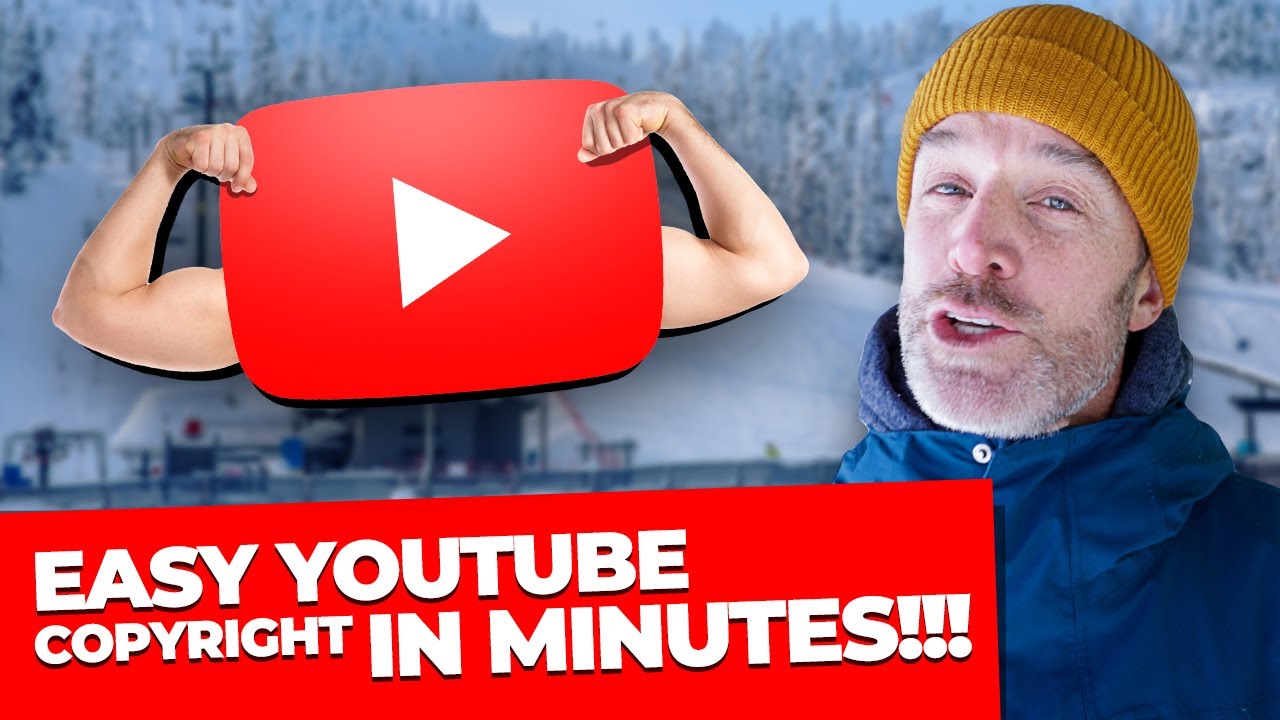 Ian Corzine Social Media Lawyer
Ian Corzine Social Media Lawyer
Overview of copyright laws and regulations
Understanding and adhering to copyright laws and regulations is crucial for YouTube creators to avoid legal issues and maintain a reputable online presence. Copyright laws protect original works of authorship, including video content, music, and images, from unauthorized usage by others.
Key Copyright Statistics
- There are over 500 hours of videos uploaded to YouTube every minute.
- Approximately 99.5% of YouTube copyright removal requests are processed within 24 hours.
- YouTube's Content ID system has helped pay out over $3 billion to rights holders since its launch in 2007.
Copyright Infringement Consequences
Failure to follow copyright laws can result in serious consequences for YouTube creators, including:
- Copyright Strikes: Getting a YouTube copyright strike can lead to restrictions on your channel and your monetization abilities.
- Legal Action: Copyright owners may take legal action against those who violate their rights through infringement lawsuits.
- Damage to Reputation: Repeated copyright violations and strikes can tarnish a creator's online reputation and impact their channel's growth.
Copyrighted content includes, but is not limited to:
- Music and sound recordings
- Video footage and films
- Images, photographs, and artwork
- Literary works such as scripts and books
- Software and video games
DO:
- Understand and adhere to YouTube's copyright policies and guidelines.
- Obtain the necessary licenses and permissions for using copyrighted material in your content.
- Utilize royalty-free alternatives such as stock footage, creative commons music, and open-source sound effects when possible.
DON'T:
- Claim copyrighted material as your own.
- Use copyrighted material without obtaining permission from the copyright holder.
- Assume that giving credit to the copyright owner is enough to avoid copyright infringement.
For a deeper understanding and more information on YouTube copyright laws and best practices, refer to Understanding and Adhering to Copyright Laws. Additionally, explore resources to learn how to make YouTube videos and make use of tools like Content ID to ensure compliance with copyright regulations.
Understanding copyright laws is an essential aspect of being a successful YouTube creator. The platform has strict policies when it comes to using copyrighted material in videos, and not adhering to these policies can lead to severe consequences such as YouTube copyright strikes. In this section, we will explore what copyright laws are, how they impact YouTube creators, and offer guidelines on ensuring compliance when creating and sharing videos.
Copyright is a legal principle that grants creators exclusive rights to their work. These rights can include the right to reproduce, distribute, perform, and display the work, as well as create derivative works based on the original. In the context of YouTube, copyright laws protect creators from having their original content stolen or used without permission.
Statistical Overview
Copyright infringements on YouTube are not rare occurrences. According to a study published by the European Intellectual Property Office, in 2018 alone, there were over 2.5 billion copyright infringements detected on the platform. In response to these infringements, YouTube removed over 60% of the detected infringing content within 24 hours.
- Music
- Video clips
- Images
- Sound effects
- Logos
Ensure compliance with copyright laws by following these guidelines:
Do's:
- Use only royalty-free or Creative Commons licensed content, such as royalty-free music.
- Request permission from copyright owners before using their material in your videos.
- Credit the source whenever you use copyrighted material with permission.
Don'ts:
- Assume that content found online is free to use in your videos without permission.
- Use copyrighted material without proper attribution or permission.
Here are some useful charts and tables to help you understand YouTube's copyright policies and guidelines better:
| Copyright Policy | Description |
|---|---|
| Fair Use | A legal doctrine that allows the use of copyrighted material under certain circumstances |
| Creative Commons License | A public copyright license that allows creators to grant certain permissions for their work |
| DMCA Takedown | A legal request by a copyright holder to remove infringing content from online platforms |
Consequences of Copyright Infringements
Infringing on copyright laws can result in consequences that can negatively impact your YouTube channel's growth:
- Receiving a copyright strike, which can lead to channel termination if multiple strikes occur.
- Legal disputes with copyright holders.
- Losing revenue generated from your channel.
To help creators navigate copyright issues and create content legally and responsibly, YouTube offers resources like the YouTube Copyright School. Additionally, there are numerous online courses and educational resources available to help creators learn more about making YouTube videos while adhering to copyright laws.
Legal Safeguards and Best Practices
- Collaborating with legal professionals
- Why is maintaining documentation and records important?
- Documentation and Records to Maintain
- Proper Attribution and Crediting Practices

Legal Safeguards and Best Practices
Collaborating with legal professionals
Collaborating with legal professionals is essential for YouTube creators to safeguard their channels and avoid potential legal pitfalls. In this section, we will discuss the importance of seeking legal advice on YouTube and review best practices for working with legal professionals.
- 97% of Copyright claims on YouTube are resolved with Content ID
- Every minute, over 500 hours of video are uploaded to YouTube
- Approximately 8.3 billion monthly visits on YouTube
| Legal Issues | Consequence |
|---|---|
| Copyright Infringement | Strikes, channel termination, legal action |
| Community Guidelines Violation | Strikes, channel termination |
| Privacy Concerns | Strikes, video removal |
- Copyright infringement
- Defamation
- Privacy violations
- Fair use disputes
- Sponsorship and endorsement concerns
Do's:
- Always give proper attribution for copyrighted materials
- Obtain necessary permissions for the use of copyrighted content
- Be transparent with sponsorships and endorsements
- Be aware of privacy laws and community guidelines
- Consult a legal professional to review contracts and collaborations
Don'ts:
- Do not use copyrighted materials without permission
- Do not make false or misleading claims
- Do not invade the privacy of others
- Do not assume fair use will always protect you
- Do not ignore legal advice from professionals
Collaboration with legal professionals
Collaborating with legal professionals can help you navigate the complexities of YouTube's legal landscape. They can provide advice on various matters, from using copyrighted materials and fair use to handling contracts for sponsorships and collaborations.
One of the best resources for YouTube creators seeking legal guidance is the YouTube Copyright Center. This online hub provides information on copyright law, how to submit copyright complaints, and advice on handling copyright disputes.
Additionally, creators can benefit from enrolling in online courses on how to make YouTube videos that cover copyright, fair use, and other legal issues related to content creation. Furthermore, subscribing to YouTube creator news can help you stay informed about new developments in the legal landscape.
Maintaining Documentation and Records
Why is maintaining documentation and records important?
- Protects creator's intellectual property rights
- Ensures compliance with YouTube policies and regulations
- Provides legal evidence in potential disputes
- Helps creators monitor their channel's performance and growth
- Assists with taxes and financial management
Documentation and Records to Maintain
Legal Documentation
-
Copyright registrations: Registering your original content with the applicable copyright office provides evidence of ownership and can help you enforce your rights in case of infringement. Learn more about YouTube Copyright Strikes.
-
Trademark registrations: Registering your channel name, logo, or other branding elements as trademarks can help protect your brand from unauthorized use.
-
Contracts: Keep records of all contracts relating to your channel, including sponsorships, collaborations, employment or freelance agreements, and others. Ensure that you have a clear understanding of the terms and conditions of these contracts.
Financial Documents
-
Income records: Maintain records of all income generated through your YouTube channel, such as ad revenue, affiliate income, merchandise sales, and sponsorships.
-
Expense records: Keep track of expenses related to your YouTube channel, including equipment, software, marketing, travel, and production costs.
-
Tax documents: Retain all tax-related documents, such as W-2, 1099, or other applicable tax forms, as well as receipts for deductible expenses.
Channel Analytics and Performance Metrics
-
YouTube Analytics: Regularly monitor your channel's performance using YouTube Analytics to gauge your channel's growth, audience engagement, and other important metrics. Make data-driven decisions to refine your content strategy and increase viewer retention.
-
Competitor analysis: Monitor the performance of channels in your niche to stay informed about trends and potential collaboration opportunities.
-
Do maintain organized and complete records of all legal, financial, and channel performance-related documents.
-
Do regularly review these records to identify patterns, trends, and areas for improvement.
-
Don't neglect important legal documentation, such as copyright or trademark registrations, as they can protect your rights as a content creator.
-
Don't rely solely on YouTube's automatic record-keeping; make sure you maintain your own backups and documentation as well.
-
The YouTube Creator Academy offers helpful resources on channel management, monetization, and content creation, providing further insights on maintaining documentation and records.
-
For resources on copyright laws and protecting your intellectual property on YouTube, consult our guide on Understanding and Adhering to Copyright Laws.
-
To learn more about growing your channel and engaging with your audience, explore our article on Building and Engaging a Loyal Audience.
By maintaining accurate and up-to-date documentation and records, you can protect your legal interests, stay compliant with YouTube policies, and make informed decisions to drive your channel's growth. To further boost your YouTube career, consider checking out our comprehensive list of tools and resources for YouTube creators.
Proper Attribution and Crediting Practices
- 52% of all copyright claims on YouTube are attributed to music, while video clips account for 47% of claims (source).
- In 2018, YouTube removed 58.8 million videos due to copyright infringement (source).
Do's
- Credit the original creator of any material you use - Whenever you include others' content in your video, give them the proper credit by mentioning them in the video or description. This can include crediting music artists, video creators, photographers, or authors.
- Secure permissions when necessary - When using copyrighted material, you may need to obtain permission from the content owner or license holder before including it in your video.
- Learn and abide by YouTube's copyright policies - Familiarize yourself with YouTube's copyright policies and follow the guidelines to protect yourself and your content.
Don'ts
- Don't use uncredited content - Avoid using someone else's content without permission or acknowledging their contribution. This could be considered copyright infringement and lead to a YouTube copyright strike or legal action.
- Don't impersonate other creators - This can cause confusion among viewers and may lead to legal disputes. Stick to creating your original content and voice.
- Don't take credit for another creator's work - Give credit where it's due, and don't try to claim someone else's work as your own. This is dishonest and could lead to copyright issues.
Consider using tables and charts that present information on copyright infringement and legal safeguards, such as the number of videos removed due to copyright infringement on YouTube each year or the percentage of disputes resolved through YouTube's Content ID system.
Navigating YouTube's Content ID System
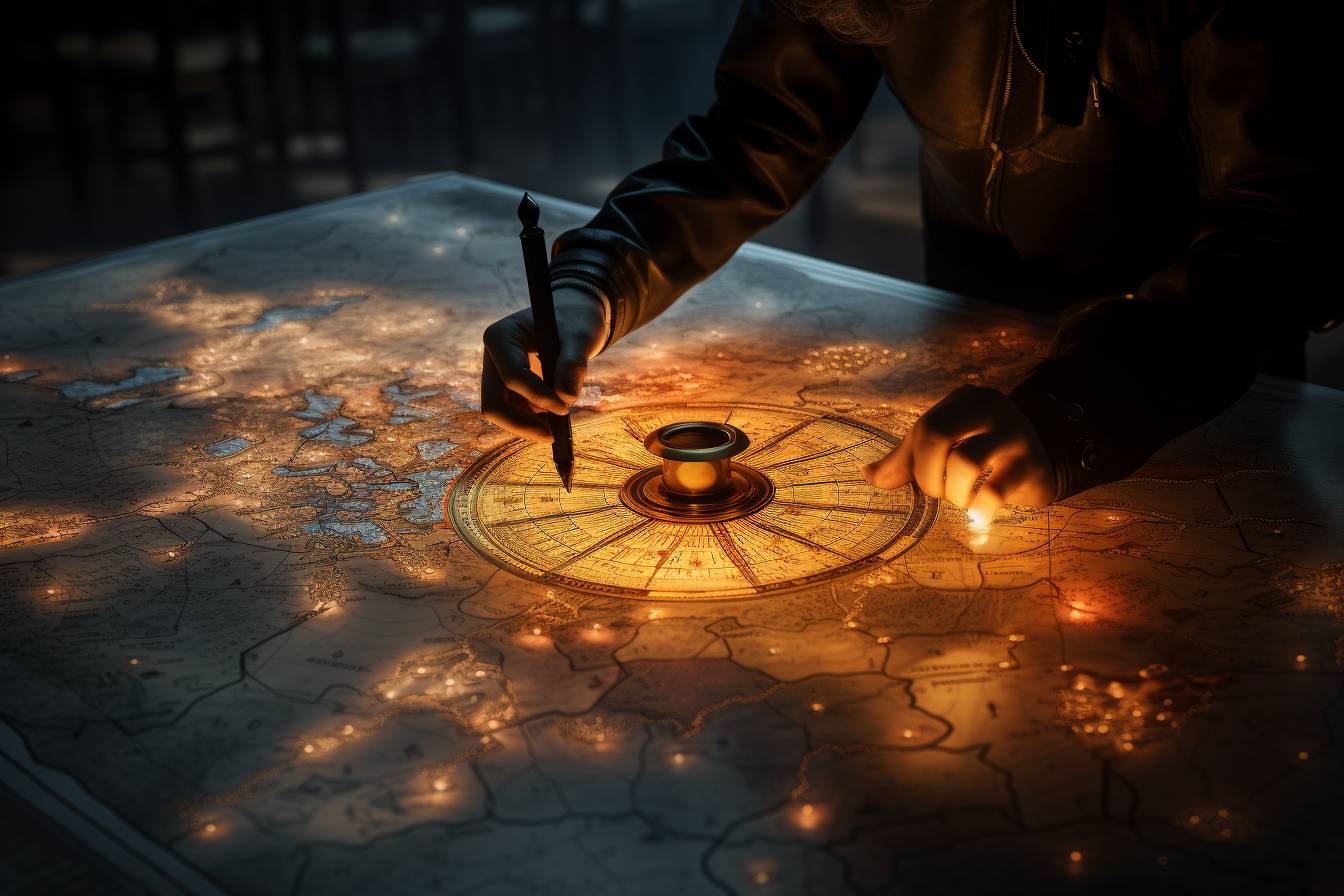
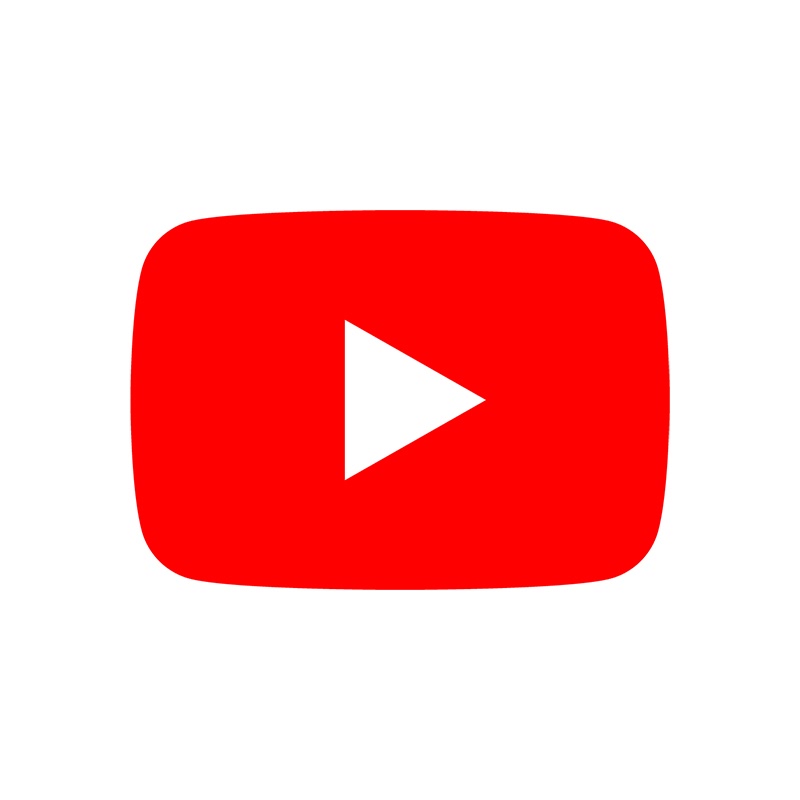
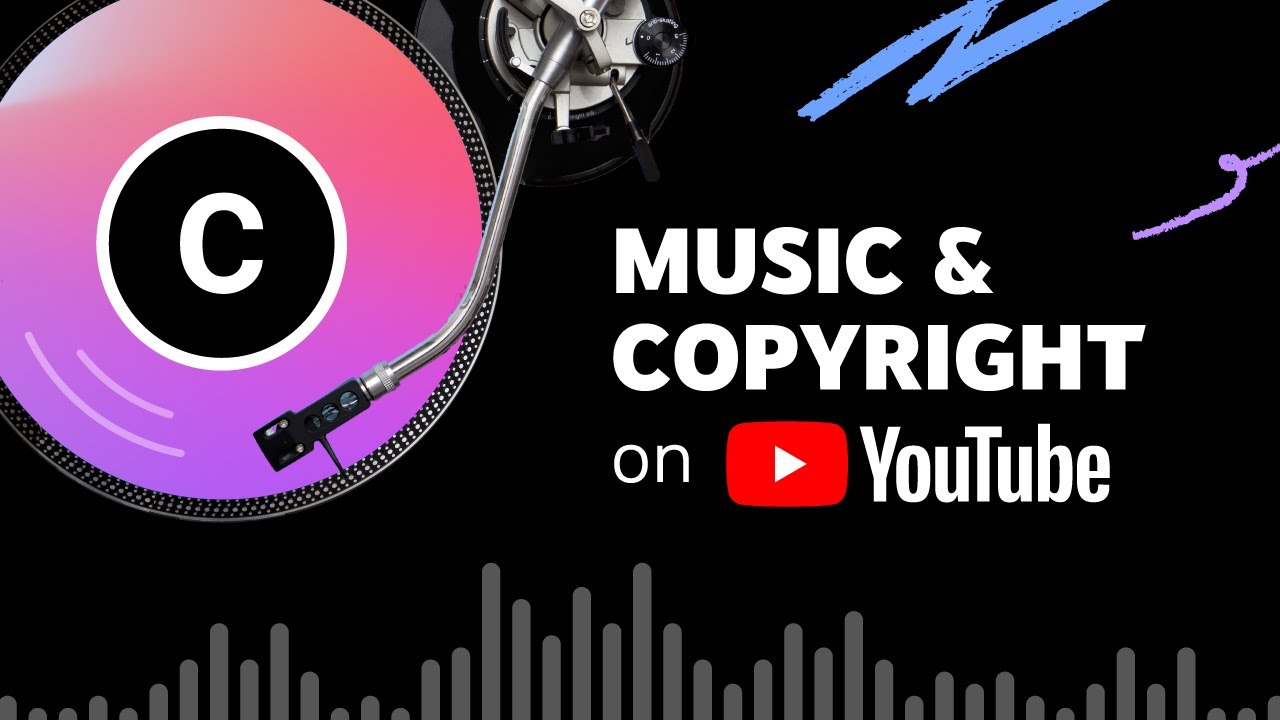 YouTube Creators
YouTube Creators
How Content ID works
Content ID is a system created by YouTube to help rights holders identify and manage their copyrighted content on the platform. Through the use of advanced algorithms, YouTube's Content ID system scans new and existing videos comparing them to the copyright owner's original content — enabling copyright owners to take appropriate action when their content is used. The system can process over 100 years of video content every day and as of June 2021, there are more than 9,000 copyright owners using Content ID.
When a video is uploaded to YouTube, the Content ID system automatically scans it against a vast database of copyrighted content, which contains reference files submitted by copyright owners. If there is a match, the rights holder is notified and can choose one of the following actions:
- Block: The rights holder can prevent the video from being viewed.
- Monetize: The rights holder allows the video to stay up and earns revenue from ads run on the video.
- Track: The rights holder is able to view the video's stats and performance.
Do
- Always use original or royalty-free music, images, and video clips in your content to avoid copyright issues.
- Respect the rights of copyright owners and obtain permission or licenses when required.
- If you receive a Content ID claim, review it carefully and take appropriate action, such as disputing only if you believe you have the rights to use the content.
Avoid
- Do not attempt to bypass the Content ID system by altering the original copyrighted content. The system is designed to detect even slight variations.
- Do not upload copyrighted content without permission or a valid fair use claim.
- Do not ignore Content ID claims or copyright strikes, as they may lead to your channel's suspension or termination.
Managing copyrights on YouTube can be challenging for creators. For guidance on creating original content and avoiding copyright issues, check out this article on how to make YouTube videos to improve your content creation skills.
Navigating YouTube's Content ID System
Content ID is YouTube's advanced system, designed to help copyright owners identify and manage their content on the platform. It works by scanning uploaded videos and works against a vast database of copyrighted files, thereby ensuring that only original content is uploaded. In this section, we will cover the basics of Content ID, including its benefits, features, and best practices.
How Content ID Works
- Copyright Owners provide reference files: Copyright owners submit their works to YouTube as reference files, creating a database of copyrighted content.
- ContentID scans uploaded videos: When a new video is uploaded, Content ID scans it to see if any portion matches one of the reference files present in the database.
-
Copyright Owners can choose what to do: If any match is found, the copyright owner can choose one of the following actions:
- Block the video
- Monetize the video
- Track the video's statistics
- More than 98% of copyright management on YouTube is handled by Content ID.
- Content ID has generated over $3 billion in revenue for copyright owners since its launch.
- Over 9,000 copyright holders use Content ID.
Content ID Best Practices
Do's
- Be fully aware of your rights as a content creator and understand YouTube's copyright strike system.
- Make sure to include after appropriate licenses and permissions from copyright owners before using copyrighted content.
- Dispute Content ID claims only when you are confident that the claim is incorrect and you hold the necessary rights.
Don'ts
- Avoid using copyrighted content in your videos without proper licenses or permissions.
- Do not submit false copyright claims or disputes.
- Video A has a background music track protected by Content ID. The copyright holder decides to monetize the video, and any ad revenue generated goes to the copyright holder.
- Video B uses a video clip that matches a copyrighted reference file. The copyright holder decides to block the video, making it unavailable on YouTube.
By adhering to the best practices regarding Content ID, creators can avoid copyright-related issues on YouTube and focus on creating content for YouTube, optimizing their videos, and growing their channels.
Navigating YouTube's Content ID System
Resolving Content ID claims and disputes
A Content ID claim occurs when a YouTube video includes copyrighted material that has been claimed by another party through YouTube's Content ID system. The system automatically scans and matches uploaded videos against a database of copyrighted content. If a match is found, a Content ID claim is generated and the copyright owner is informed. As a result, the video may be blocked or monetized by the copyright owner instead of the uploader.
According to YouTube, over 90% of all copyright disputes are resolved through Content ID claims, ensuring that creators and copyright owners can effectively manage their content on the platform.
Disputing a Content ID claim
If you believe that your video has been wrongly claimed and you have the necessary rights to use the disputed content, you can dispute the claim. To do this, follow these steps:
- Go to the 'Copyright Notices' section in your YouTube Studio.
- Find the video with the claim and click on 'SEE DETAILS'.
- In the 'Select action' menu, click on 'DISPUTE'.
- Complete the dispute process by providing the necessary information and reasons for your dispute.
It's important to note that you should only dispute a claim if you genuinely believe that there is an error in the Content ID system. Disputing a claim without a valid reason may result in penalties, like a 'YouTube copyright strike'.
Repercussions of disputes
After a dispute is filed, the copyright owner has 30 days to review the dispute and decide whether to release the claim or uphold it. During this time, the video's monetization may be temporarily impacted. If the copyright owner decides to uphold the claim, you can appeal their decision. However, be aware that further appeals may result in a copyright strike on your account if the claim is not released.
Resources for YouTube creators
To better understand YouTube's Content ID system and disputes, creators can access various resources, including YouTube's Copyright Center, tutorials, and even online courses on 'How to make YouTube videos'. Additionally, creators can consult YouTube creator communities and forums to learn from their peers' experiences and gain further insight into resolving Content ID claims and disputes.
Protecting Your Own Content

- Copyright Statistics
Did you know that Google has handled over 400 million copyright removal requests for YouTube? This figure indicates the importance of understanding copyright claims enforcement on the platform.
- YouTube Content ID
Content ID is a system created by YouTube to identify and manage copyrighted material. When a video is uploaded, Content ID may decide whether it includes copyrighted content or not. If it does, the owner of the copyrighted material can take several actions, such as tracking the video's viewing statistics, monetizing the video, or blocking it entirely.
To use Content ID, you must first apply to the Content ID system, which is only available to copyright owners who have exclusive rights to a substantial body of original material.
- Manual Copyright Claims
If you believe someone uploaded a video containing your copyrighted content without permission, you can file a manual copyright claim. This process involves filling out a copyright takedown notice, providing your contact information, identifying the copyrighted work, and stating under penalty of perjury that you are the content owner or authorized to act on the owner's behalf.
- DMCA Takedown Notice
The Digital Millennium Copyright Act (DMCA) provides content owners with a legal procedure to request that copyrighted material be removed from websites, including YouTube. YouTube has a designated agent for receiving such notices, and you can find the DMCA takedown notice form here.
-
Re-uploading someone's video without permission
-
Using copyrighted music without permission
-
Using copyrighted images or footage without permission
-
Do's and Don'ts
Do's
- Register your copyrighted works to strengthen your copyright claims
- Understand and follow YouTube's Community Guidelines and Copyright Policies
- Use royalty-free music and images in your videos to avoid copyright infringement
- File your copyright claims as soon as possible to prevent further infringement
Don'ts
- Don't use copyrighted material without permission or proper licensing
- Don't ignore or dispute a copyright claim without proper grounds
- Don't use Content ID matches as a way to harass or intimidate other creators
Protecting Your Own Content
Managing False Copyright Claims
False copyright claims may occur on YouTube, even when creators abide by the platform's guidelines. This section explores how to manage false copyright claims, protect your own content, and prevent potential complications.
Statistics
According to YouTube, more than 98% of copyright claims are resolved through the Content ID system with over 9,000 partners using this technology to manage their copyright works. Recognizing the importance of managing false copyright claims, YouTube has made it easier for creators to rectify matters through the copyright claim dispute process.
Do's and Don'ts for Managing False Copyright Claims
| Do's | Don'ts |
|---|---|
| Understand copyright laws and fair use policies | Ignore false claims or let them accumulate |
| Research sources and materials used in your content | Use copyrighted materials without permission or citation |
| Keep records of licenses and permissions obtained | Accuse others of filing false claims without evidence |
| Use royalty-free music and stock footage if possible | Make personal attacks or defamatory statements against claimants |
Resources for Managing False Claims
- YouTube's Copyright Support Page
- YouTube's Dispute a Copyright Claim Guide
- Understanding and Adhering to Copyright Laws
To improve your YouTube content creation skills and understand best practices on the platform, consider exploring the online courses and educational resources available. These resources will not only help you create better content, but they will also equip you with the knowledge to manage copyright more effectively and avoid future false claims.
Registering a copyright
As a YouTube content creator, securing your digital property is crucial. One of the essential steps to safeguard your content is registering a copyright. This chapter will guide you through the process of copyright registration and discuss its importance.
Importance of Registering a Copyright
Registering a copyright helps protect your creative work and establishes legal ownership. This process allows you to:
- Assert ownership and know how to handle copyright infringement cases using the YouTube copyright strike system.
- Demonstrate your exclusivity to make reproductions, distribute copies, and publicly display your work.
- Secure the right to take legal actions and seek monetary compensation in case of copyright infringement.
Steps to Register a Copyright
Below are the steps involved in registering a copyright for your YouTube content:
- Identify the type of work: Categorize your work as per the U.S. Copyright Office's classifications – Literary Works, Musical Works, Dramatic Works, etc.
- Gather required materials: Compile all necessary documentation, including the title, description, and copies of your work.
- Complete the application: Fill out the application form accurately, provide correct information, and pay the required fee.
- Submit the application: Send your completed application, fee, and copies of your work to the U.S. Copyright Office or through their online system.
Note: It takes a few months to process your copyright registration, so be patient.
Dos
- Ensure your work has some restriction on public access, display, or distribution.
- Verify that your work is original and meets the requirements for copyright protection.
- Maintain records of your copyright registrations for reference and future use.
Don'ts
- Do not submit registrations for ideas, procedures, or methods – they lack copyright protection.
- Do not submit incomplete applications or incorrect fees.
Registering a copyright for your YouTube content is vital in protecting your creative work and demonstrating your legal ownership. Follow the steps carefully, and enhance your digital property security. Be sure to check out other YouTube-related resources and essential tips on how to make YouTube videos.
YouTube's Copyright Strike System
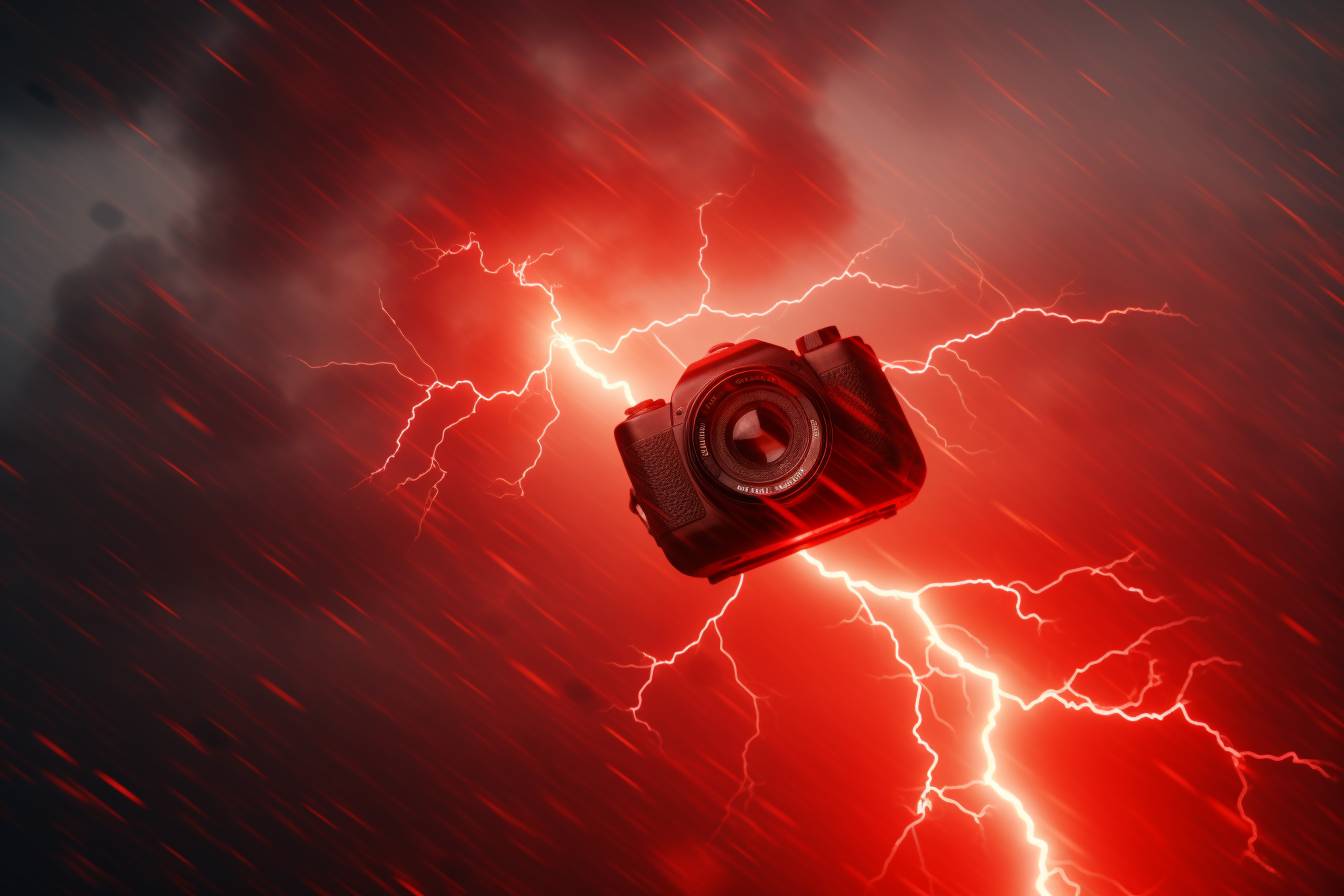

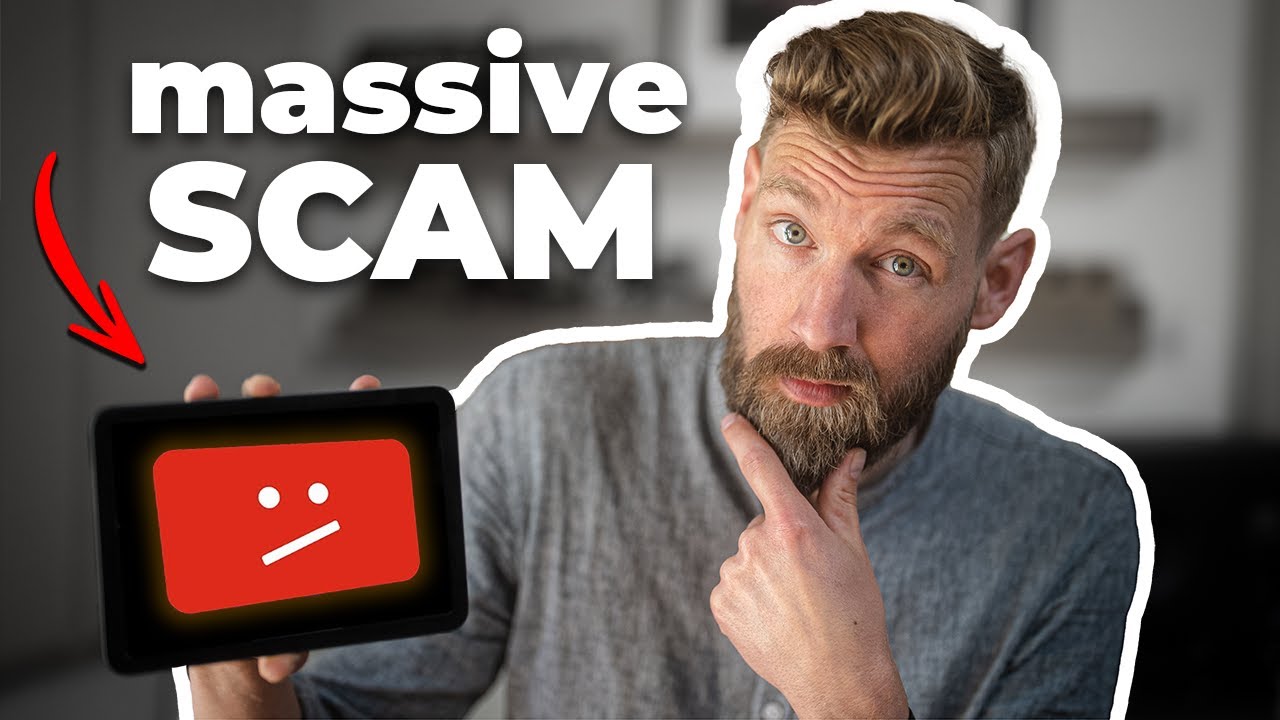 Paul Davids
Paul Davids
YouTube's Copyright Strike System
Preventing and resolving copyright strikes
YouTube has implemented a copyright strike system to protect the intellectual property of content creators. This system helps to ensure that users do not upload or use copyrighted content without obtaining the necessary permissions from the copyright owner. Understanding the guidelines and rules of YouTube's copyright strike system is crucial for any YouTuber to avoid potential strikes and legal issues.
- Three copyright strikes within a 90-day period will lead to channel termination.
- A strike can be removed by successfully completing YouTube's Copyright School and if the copyright owner retracts their infringement claim.
The above image represents fair use, a legal doctrine that allows for the limited use of copyrighted material for commentary, criticism, news reporting, teaching, or research purposes.
| Aspect | Copyright Strike | Content ID Claim |
|---|---|---|
| Impact on Your Channel | Negative | Neutral |
| Main Consequence | Channel Termination | Monetization Redirected to Original Owner |
| Timeframe for Resolution | 90 days | Varies |
| Ability to Remove Strike | Possible | Not Applicable |
Do's:
- Always obtain proper permission to use copyrighted material.
- Use royalty-free or creative commons licensed content.
- Familiarize yourself with YouTube's Copyright guidelines and policies.
- Properly credit the owner of copyrighted material in your video description.
Don'ts:
- Don't assume that crediting the owner of copyrighted material is sufficient without obtaining permission.
- Don't use copyrighted material without understanding or considering fair use principles.
- Don't ignore the rules and guidelines of YouTube's copyright strike system.
The above chart outlines the four main factors to consider when determining whether your use of copyrighted material falls under fair use. These include the purpose and character of the use, the nature of the copyrighted work, the amount and substantiality of the portion used, and the effect on the potential market for the original copyrighted work.
YouTube's Content ID System is a helpful tool for creators and copyright owners to manage and protect copyrighted content on the platform. This system allows copyright owners to track and identify possible copyright infringements and take appropriate actions, such as requesting a content removal or redirecting monetization to their account.
Preventing and resolving copyright strikes
To prevent copyright strikes and resolve existing ones, ensure you follow the guidelines outlined in this article and familiarize yourself with YouTube copyright policies. Additionally, learn about fair use and obtain proper permission when using copyrighted material in your content. If you face a copyright strike, work towards resolving the issue by communicating with the copyright owner or submitting a counter-notification if you believe your use complies with fair use principles. Completing YouTube's Copyright School can also help you better understand copyright rules and reduce the chances of receiving future strikes.
For more information on YouTube's copyright system and content creation best practices, check out our guide on understanding and adhering to copyright laws.
The Consequences of Multiple Copyright Strikes
- 62% of channels that receive one copyright strike will receive another one within six months, and 30% of the channels with two strikes will receive a third strike within the same time frame.
Consequences of Multiple Copyright Strikes
-
First strike: Upon receiving your first copyright strike, your access to some YouTube features may be restricted. You'll be required to complete Copyright School, a short educational program provided by YouTube. This strike will expire after 90 days.
-
Second strike: If you receive a second copyright strike within 90 days of the first strike, your account will face additional restrictions and you won't be able to post new content for two weeks.
-
Third strike: If a third strike is received within 90 days of the first strike, your channel will be terminated, and all your videos will be removed.
Do's:
- Use royalty-free music and sound effects. Consider exploring royalty free music YouTube resources to avoid copyright issues.
- Always obtain necessary permissions and licenses for the content you use.
- Credit the original creator when using their content, but remember that giving credit does not automatically absolve you of copyright infringement.
Don'ts:
- Avoid re-uploading someone else's entire video or large portions of it without permission or proper transformative use.
- Don't assume that simply because a video is already on YouTube, you have the right to use it.
If you're still unsure about copyright matters on your channel, consider checking more on the topic of youtube copyright strike to keep yourself protected.
YouTube's Copyright Strike System
The YouTube Copyright Strike System is designed to protect content creators and copyright owners from unauthorized use of their work. The system allows copyright owners to report videos that violate their intellectual property rights and was introduced after the Digital Millennium Copyright Act (DMCA) violation. Understanding this system is essential for content creators who wish to avoid potential legal issues and ensure compliance with copyright laws. This section will explore the key aspects of the system and provide recommendations and best practices to avoid copyright strikes.
Statistics
- Approximately 98.5% of copyright-related removals happen through YouTube's Content ID system, while only 1.5% are due to copyright strikes. (source: Copyright on YouTube Fast Facts
- Over 90% of copyright claims result in monetization (e.g., ads) going to the rightsholder, rather than removal of the video. (source: Copyright on YouTube Fast Facts
A Copyright Strike is a legal notice sent by the copyright owner or their representative to YouTube, claiming infringement of their copyrighted content. This can lead to the removal of the video in question and affect the creator's ability to monetize their channel.
A Content ID Claim is filed when YouTube's automated Content ID system detects copyrighted material in a video. As a result, the copyright owner may choose to block the video, monetize it, or track its views and statistics.
Do
- Ensure you have proper permission or licenses to use copyrighted content.
- Fairly use copyrighted material following legal guidelines (critiques, reviews, or parodies).
- Use royalty-free or original music for your videos.
- Learn about the copyright laws and how they apply to your content.
- Dispute claims only if you are confident your video is not violating any copyright laws.
- Regularly check your YouTube Studio for Content ID claims or copyright strikes.
Don't
- Upload copyrighted content without permission.
- Misuse fair use guidelines or try to bend them to your advantage.
- Neglect to credit the copyright owner, even if you believe your use is allowed under fair use.
- Ignore copyright strikes or claims on your account.
| Number of Strikes | Consequences |
|---|---|
| 1 Strike | Restricted access to certain features (e.g., live streaming) |
| 2 Strikes | Unable to upload new content for 2 weeks |
| 3 Strikes | Channel termination |
Note: Copyright strikes expire after 90 days, provided the creator completes YouTube's Copyright School and does not incur additional strikes during that period.
For further assistance in creating content without violating copyright laws, make sure to check out resources like our list on online courses and educational resources for starting a YouTube channel and learning how to make YouTube videos the right way.
By understanding YouTube's Copyright Strike System and adhering to best practices, you can protect your YouTube channel and ensure your content complies with copyright laws. This will help maintain a positive reputation in the YouTube community, avoid potentially costly legal consequences, and focus on creating and sharing high-quality content with your audience.
Looking for Brand Deals or Channel Strategy?
We run a platform for brand deals and an agency, helping creators derive maximum value from their content, while offering brands access to unparalleled, best-in-class research.
For Creators
- Strategic Brand Connections
- Outreach to Old Sponsors
- Platform to Manage Brand Deals
- View-Based Contract Negotiation
- Comprehensive Channel Strategy
- Channel/Thumbnail Optimization
For Brands
- Tools to Shortlist Creators
- Targeted Creator Outreach
- Detailed Sponsorship Reports on Existing Brands
- Platform to Manage Creator Deals
- View-Based Deal Facilitation
For Creators
- Strategic Brand Connections
- Outreach to Old Sponsors
- Platform to Manage Brand Deals
- View-Based Contract Negotiation
- Comprehensive Channel Strategy
- Channel/Thumbnail Optimization
For Brands
- Tools to Shortlist Creators
- Targeted Creator Outreach
- Detailed Sponsorship Reports on Existing Brands
- Platform to Manage Creator Deals
- View-Based Deal Facilitation
Apply to work with us or email [email protected]




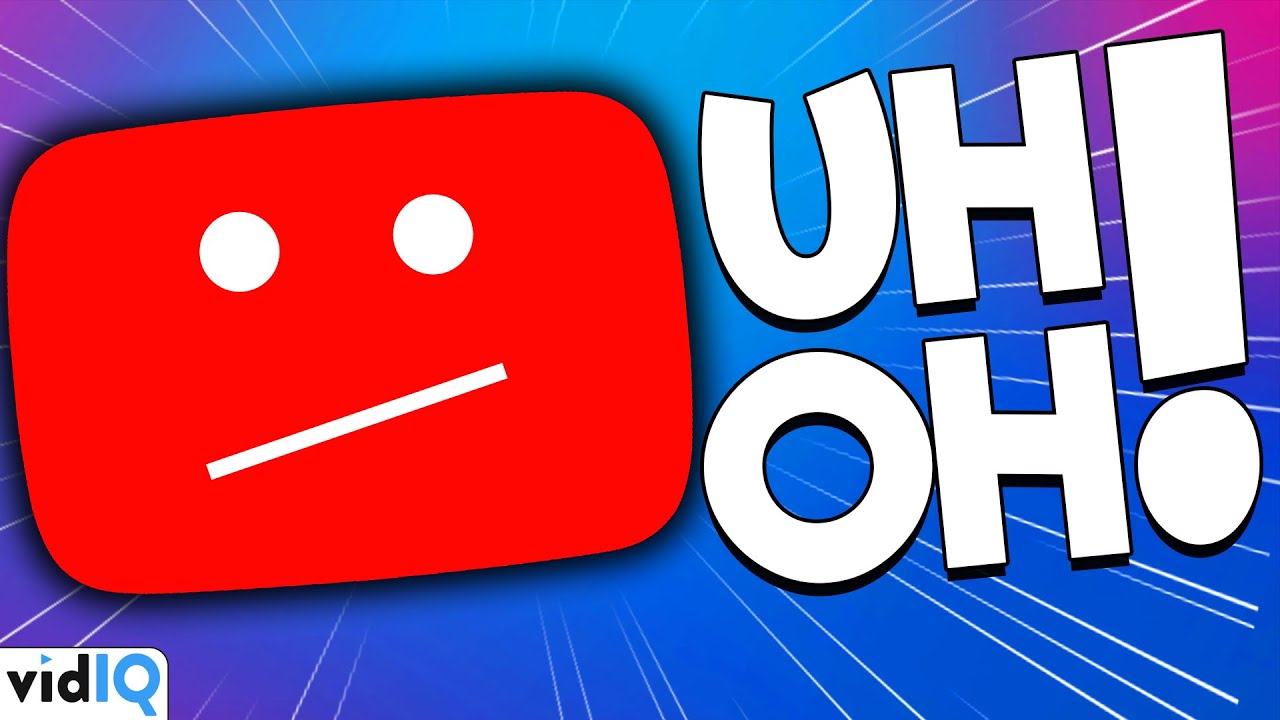
Table of Contents
Work with us